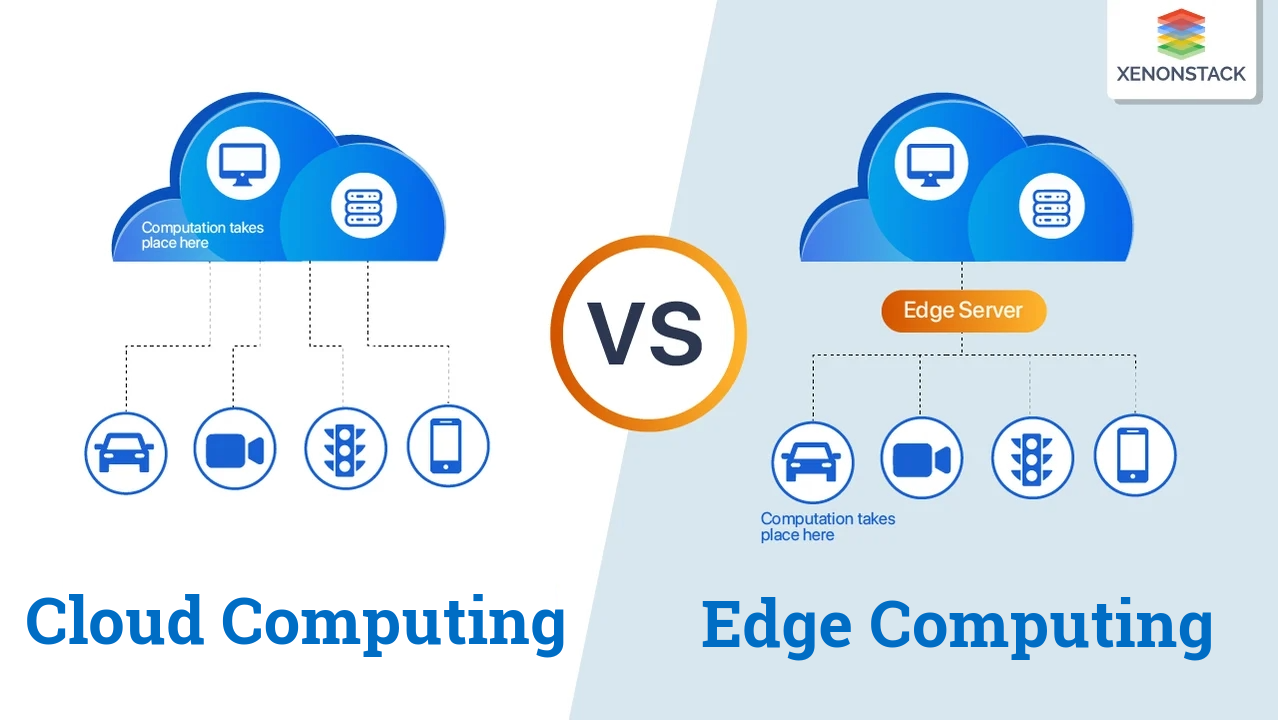💻 From Cloud to Edge: Why the Future of Computing is Getting Closer to Home

For over a decade, the cloud has been the backbone of modern computing. Services like Google Drive, Dropbox, AWS, and Microsoft Azure made it possible to store data and run applications without worrying about local hardware. But now, a new wave of technology called edge computing is taking over — bringing processing power closer to the user.
What is Edge Computing?
Edge computing means that instead of sending all data to a remote server, devices process information locally or at “the edge” of the network. This reduces latency, saves bandwidth, and improves privacy.
Imagine your smart doorbell camera: with edge computing, it doesn’t need to send every frame to the cloud for analysis. Instead, it processes video locally and only uploads important clips, like when a person is detected.
Why the Shift Away from Cloud Alone?
The cloud isn’t going away, but it has limitations:
Latency: Cloud servers may be thousands of miles away, causing delays.
Bandwidth costs: Sending constant streams of data can be expensive.
Privacy: Storing everything in the cloud raises security concerns.
Edge computing solves many of these issues by handling data closer to where it’s generated.
Real-World Applications of Edge Computing
Healthcare: Wearable devices can monitor vital signs and alert doctors immediately if something’s wrong.
Autonomous vehicles: Self-driving cars can’t wait for a server response — they need instant data processing.
Smart cities: Traffic sensors, pollution monitors, and surveillance cameras can respond in real time without cloud delays.
Retail: Stores use edge devices to track inventory and customer flow in real time.
The Future: Edge + Cloud Working Together
It’s not an either/or situation. The future of computing will be a hybrid model, where the cloud handles large-scale storage and analysis, while the edge delivers real-time responses.
For consumers, this means faster apps, more secure devices, and a smoother online experience. For businesses, it opens the door to new innovations in automation, AI, and customer engagement.
Conclusion
Edge computing is the next natural step in the digital evolution. By keeping data closer to home, it empowers faster, safer, and smarter technologies. In the coming years, we won’t just ask, “Is it in the cloud?” — we’ll also ask, “Where’s the edge?”

